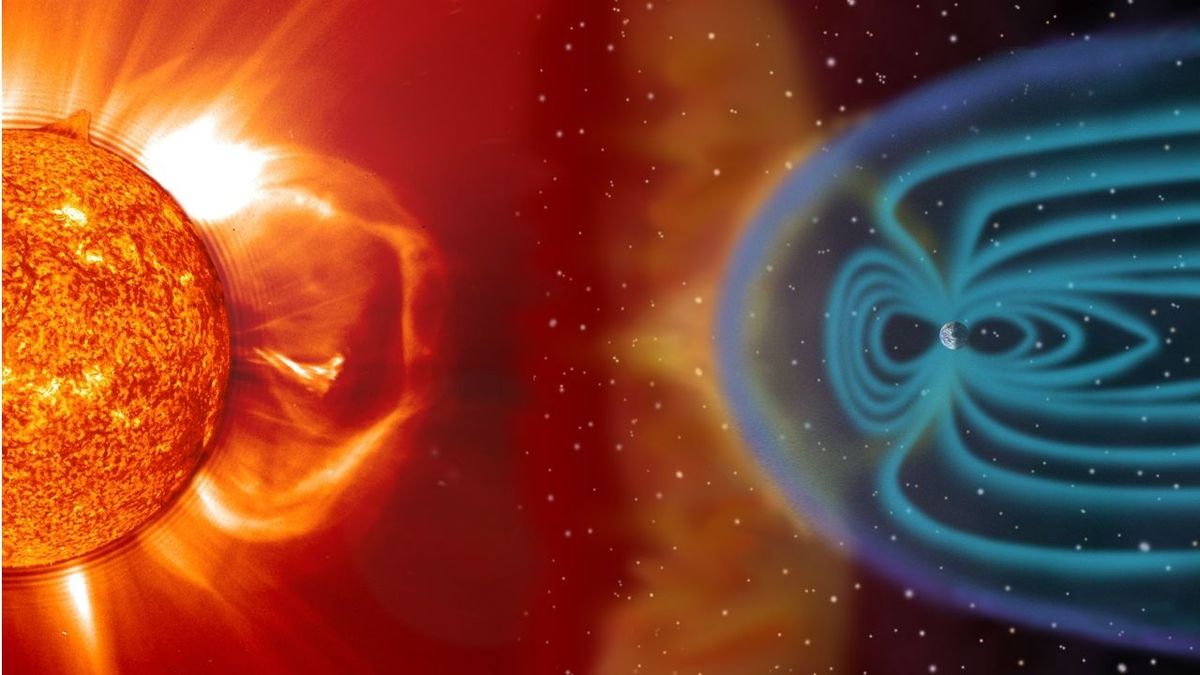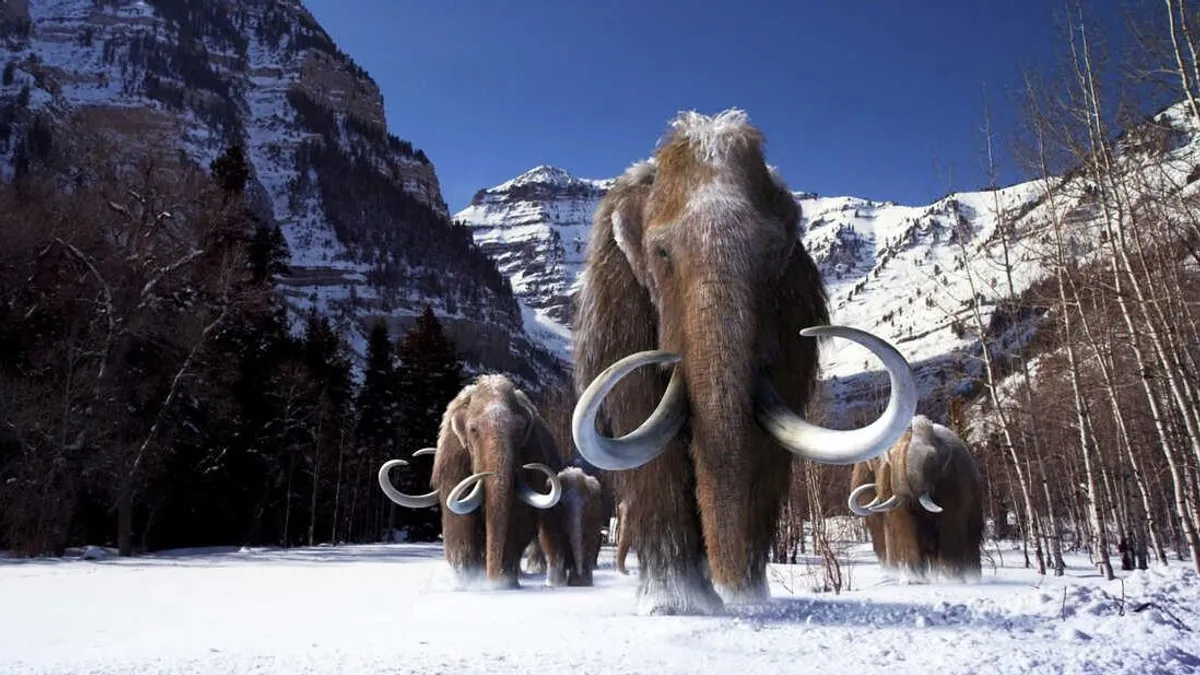It is also possible that there was an interstellar cause for the great cooling that occurred two million years ago.
For the first time, astrophysicists are seriously considering the possibility that two million years ago, Earth, along with the entire solar system, passed through cold, inhospitable interstellar clouds, and that this may have affected Earth’s climate in ways that geological climate models have not yet considered.
At that time, the Earth was a very different place than it is today.
Early human ancestors shared the planet with saber-toothed tigers, mastodons and giant rodents. In addition, some areas of the Earth were also very cold: around this time a long period of freezing began, as a result of which ice ages and glaciations alternated until 12,000 years ago.
Photo: Wikimedia Commons/Marcus Burkhardt
Scientists have put forward many theories about the causes of ice ages; causes include the tilt and rotation of the planet, plate tectonics, volcanic eruptions, and changes in atmospheric carbon dioxide levels, among others. However, a new idea is that dramatic changes in climate could be caused not only by Earth’s environment, but also by the position of the Sun within the Milky Way galaxy.
The interstellar cloud swept away the shield that protects the Earth.
Merav Ofer, an astrophysicist at Boston University and a fellow at the Harvard-Radcliffe Institute Astronomy Nature He recently published his findings in an astronomical journal, leading to the conclusion that the solar system encountered an interstellar nebula so dense that it could have disrupted the solar wind about two million years ago. According to Ofer and his co-authors, this suggests that the Sun’s position in outer space could shape Earth’s history in previously unsuspected ways. A plasma shield known as the heliosphere emanating from our Sun surrounds our entire solar system in a protective envelope.

Image: Science.org
The heliosphere is fed by a constant stream of charged particles carried by the solar wind and extends far beyond Pluto, enveloping all the planets in a “giant bubble,” in NASA parlance.
The heliosphere protects us from space radiation that, if it reaches Earth, would destroy our DNA.
Scientists believe that it was partly thanks to it that life on Earth as we see it today was able to evolve. According to the just-published statement, the cold interstellar cloud compressed the heliosphere in such a way that Earth and other planets in the solar system temporarily escaped its protection. “In our paper, we show for the first time using quantitative methods that an encounter between the Sun and an extrasolar body occurred and that this may have influenced the evolution of Earth's climate,” said Opher.












































